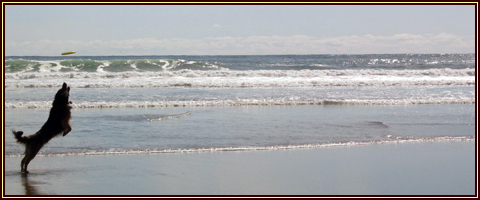Tune Into Horse Soreness Signs
Is your horse favouring his front feet? Does he seem to be having problems with flight patterns? How does a ride on him feel presently – comfortable or not? Is he stumbling or tripping over his own feet?
What about his attitude, is he exhibiting obvious changes in attitude?
And here is the big one: is he showing evidence of back issues?
If any of the questions asked above seem to be familiar territory to you, you must keep on reading to get some insights.
I have had long experience with horses, and among the sure things I have learned one is that with horses, health concerns could not always be what they seem to be externally. You can make wrong surmises as the problem may be something deeper or the symptoms visible may be some misleading side-effects. Obviously, it makes sense to address the root cause, not the symptoms.
Most people have observed that almost all of the common illnesses that trouble horses, like lameness, arise from disparities in the horse’s bone structures. People have also observed that lameness issues start at the feet and work their way up right through the horse’s body until his entire being seems to be affected. When this happens, the pony is either unable or not keen to perform any normal action because of the pain being felt.
Obviously, if all systems are good and the pony is feeling no discomfort at all, he is going to be in a position to perform at peak capacity. He’s attentive to his surroundings and to what is expected of him by his owner, hander or rider. He sometimes enjoys life, and the sight of him doing that gives you much joy also.
Horses are no less influenced by discomfort or lack of discomfort than homo sapiens.
If you catch’em early, you can cure them
In recent times, there has been a noticeably growing tendency among both pony owners and horse-related professionals to try to stay alert to horses showing evidence of foot-related pain and treatment as soon as possible.
Even after good care of the feet and hooves, your horse may show signs of tenderness, stiffness. He could also show changes in behaviour. This may be due to the corrections the horse is making to recent changes. You might need detailed information in the context of feed, gear fitting and any other area of concern that will contribute to a fast and complete recovery of your horse.
Wrapping up
You must have gone thru events where you were full of questions about a horse’s situation and its probability of a full recovery. You could have been told that there was nothing that could be done. Due to this advice, you had to pay no mind to your instincts. Lots of today’s farriers either are oblivious of or are indifferent to the indisputable fact that they themselves may be a prime cause of the afflictions the horse is suffering.
You need to keep looking for answers. As you broaden your knowledge base, you will find that there are lots of simple measures, like palliative care, that you can take up yourself, without the help of a farrier. Never cease to give top priority to the well being and good health of your horses. There’s a lot of new information and new strategies out there that have improved the quality of care and expedite fast and complete recovery. Keep abreast of all developments.
Your persistence will get you into that category of folks that are actually capable of special and correct revelations into horses and their ailments. It does not take huge amounts of study, but it does take passion and dedication.
Horses are Heather Toms passion and she enjoys sharing her extensive knowledge through her 100s of articles with other horse lovers, like all things about stable rugs







